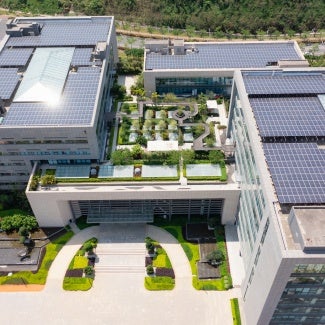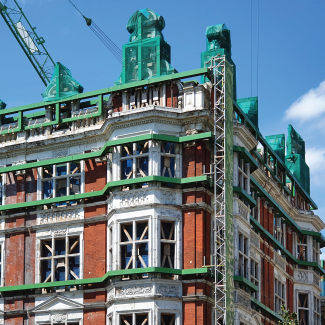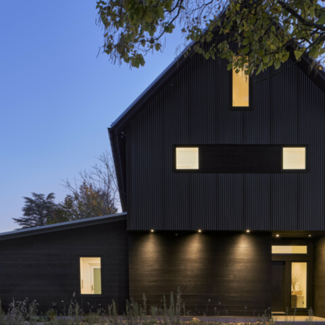TEOP for Architects
The TEOP for Architects guide introduces how architects can use the Tenant Energy Optimization Program (TEOP) to harness the energy-conservation potential of existing buildings—saving clients money and remaining on top of sustainable design.

High-performance tenant fit-outs
Architects have an essential role to play in ensuring the tenant fit-outs they design are as sustainable and energy-efficient as possible. Industry research indicates that client demand continues to drive growth in high-performance, energy-efficient buildings and spaces, while state and local policies are also beginning to require more efficient buildings.
As half of all commercial buildings nationwide are leased, they present significant opportunities to embed sustainability into existing buildings. Because the efficiency of a leased space begins with design, architects hold the power to create higher-performing spaces and help transform the building sector.
ULI's Tenant Energy Optimization Program (TEOP) is a proven replicable approach that helps tenant space design and construction meet energy-reduction goals while achieving payback in three to five years and reaching average annual internal rates of return of 25%. The new TEOP for Architects guide, created in collaboration between ULI and the AIA, introduces how architects can use ULI's TEOP process to ensure they are:
- Harnessing the energy-conservation potential of existing buildings.
- Saving clients money.
- Advancing and remaining at the forefront of sustainable design.
The AIA 2030 Commitment is an actionable climate strategy that gives us a set of standards and goals for reaching net zero emissions in the built environment. Join more than 1,350 architecture firms who have already made the commitment.
Better integrate building performance simulation into your design process.



